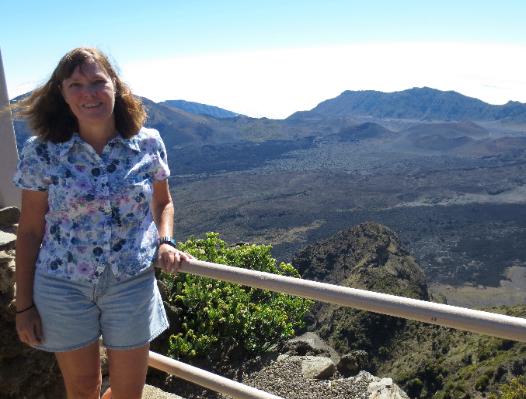
Where We Be
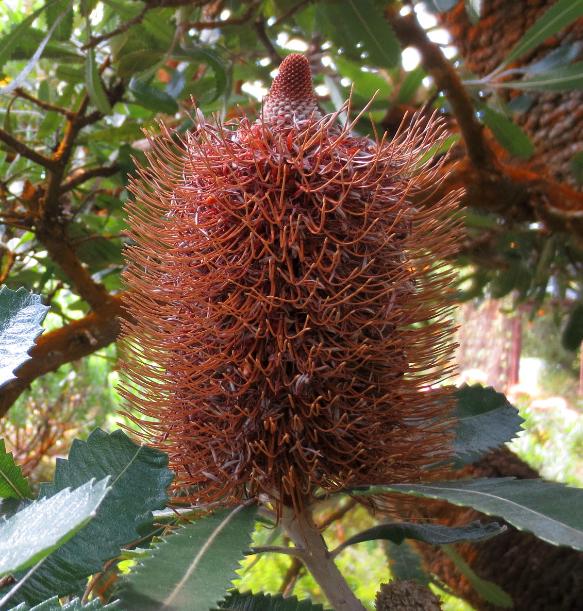
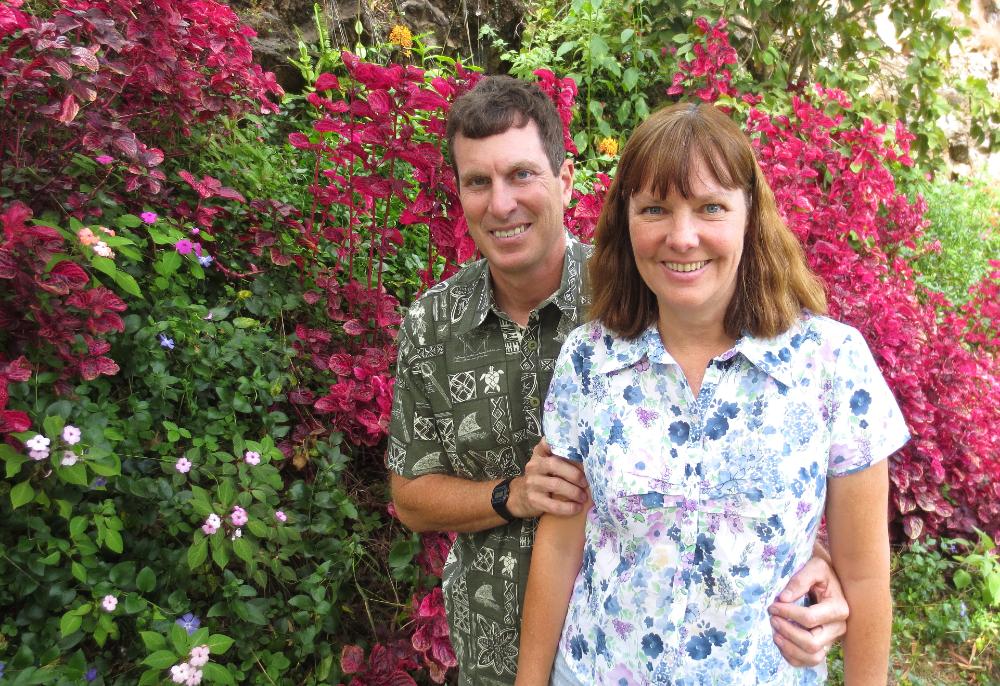
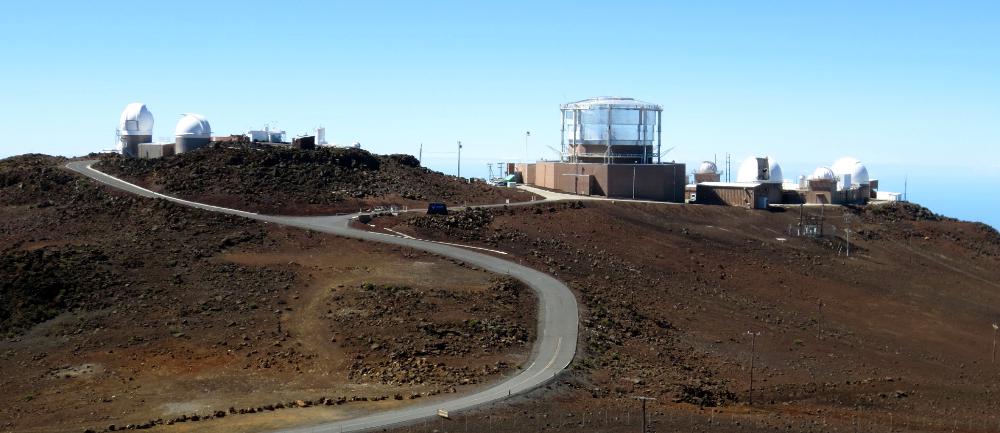
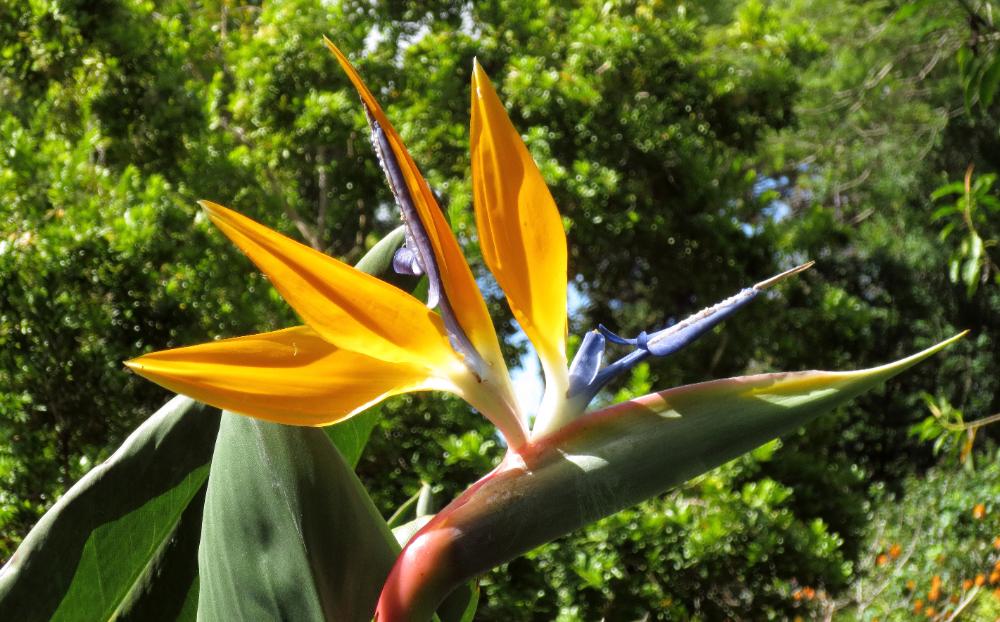
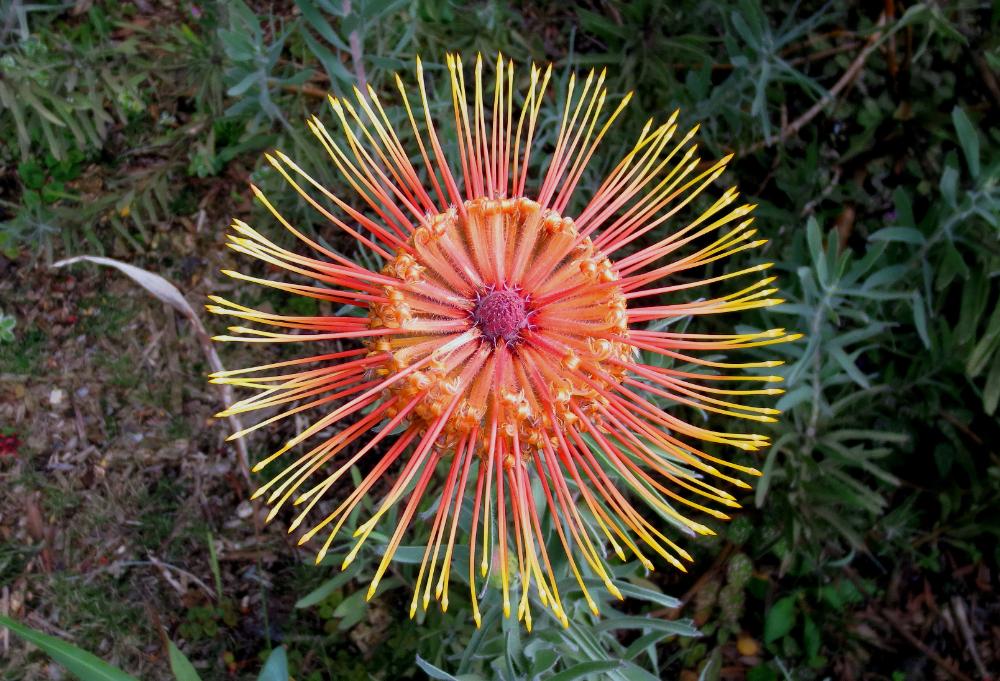
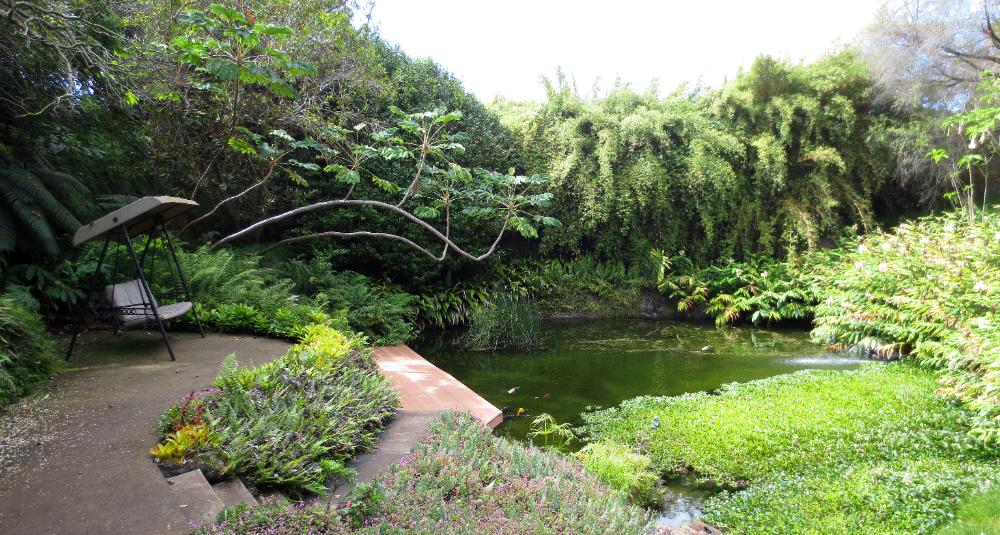
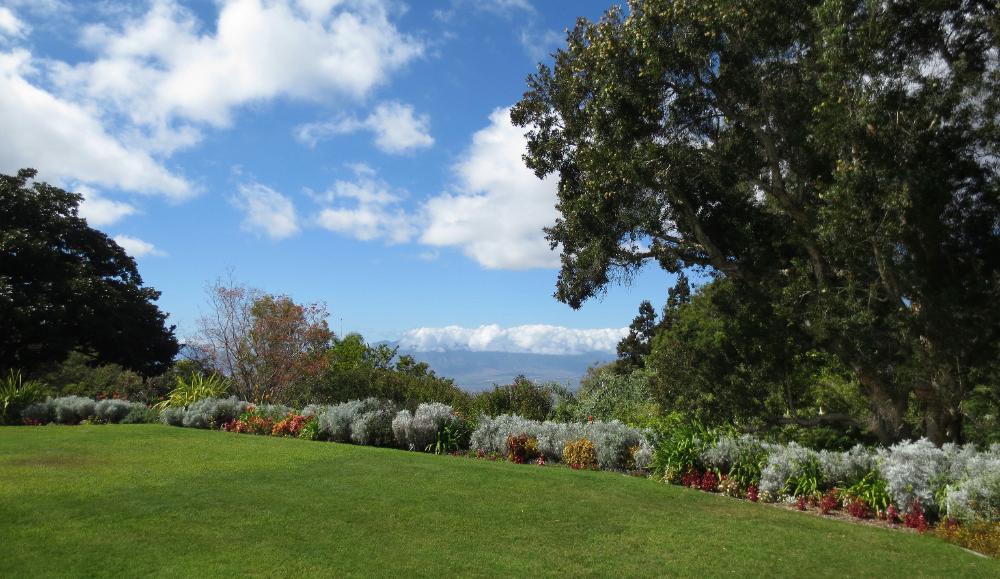
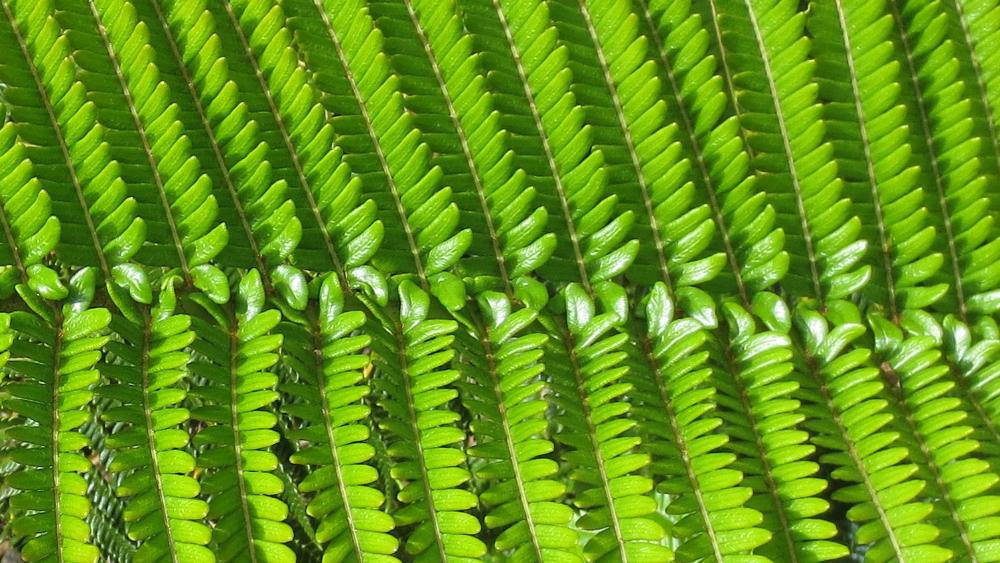
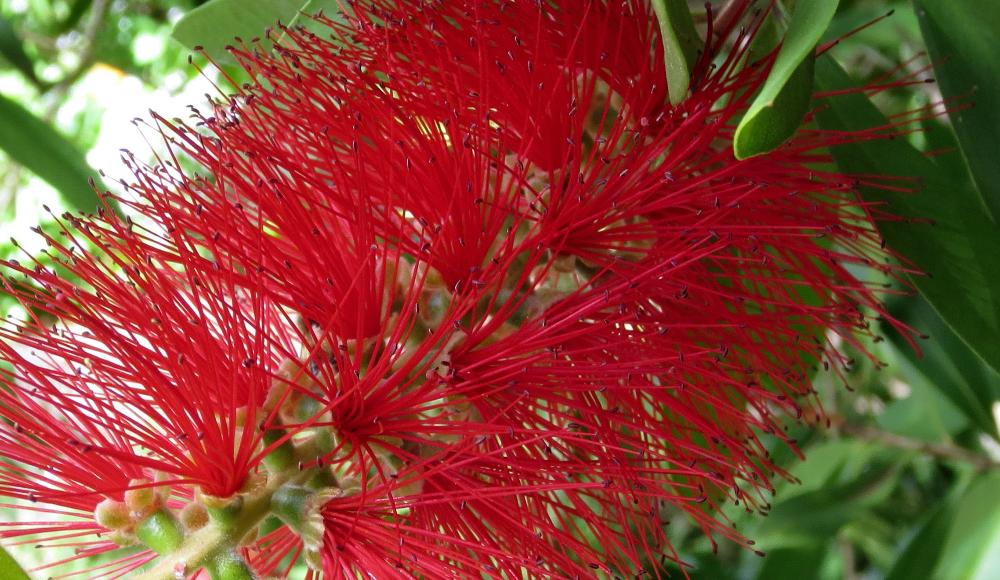
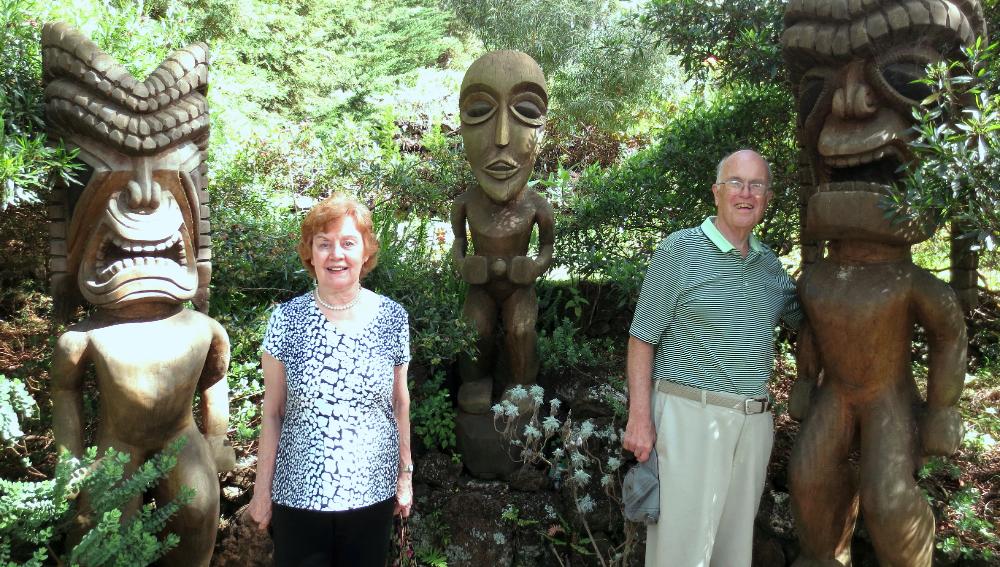
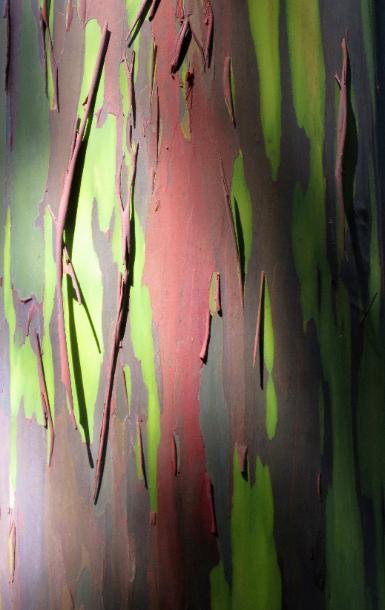
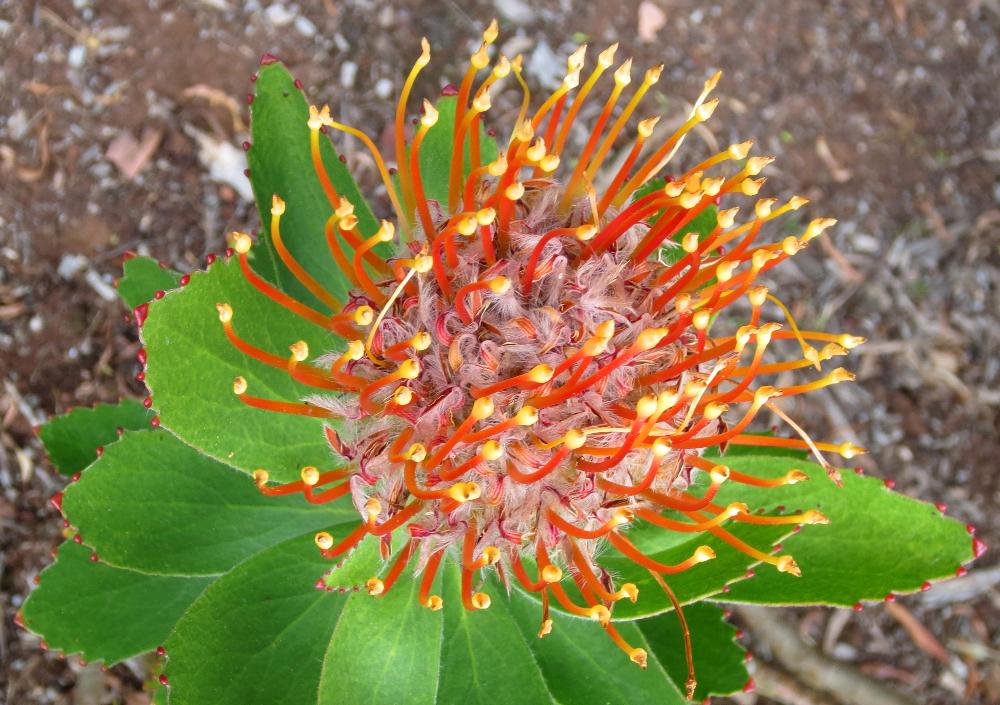
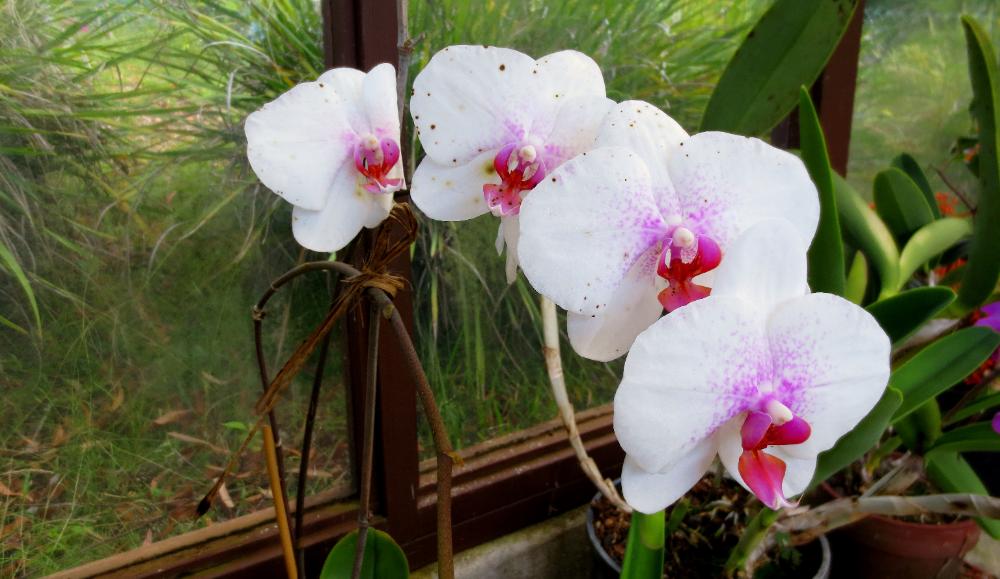
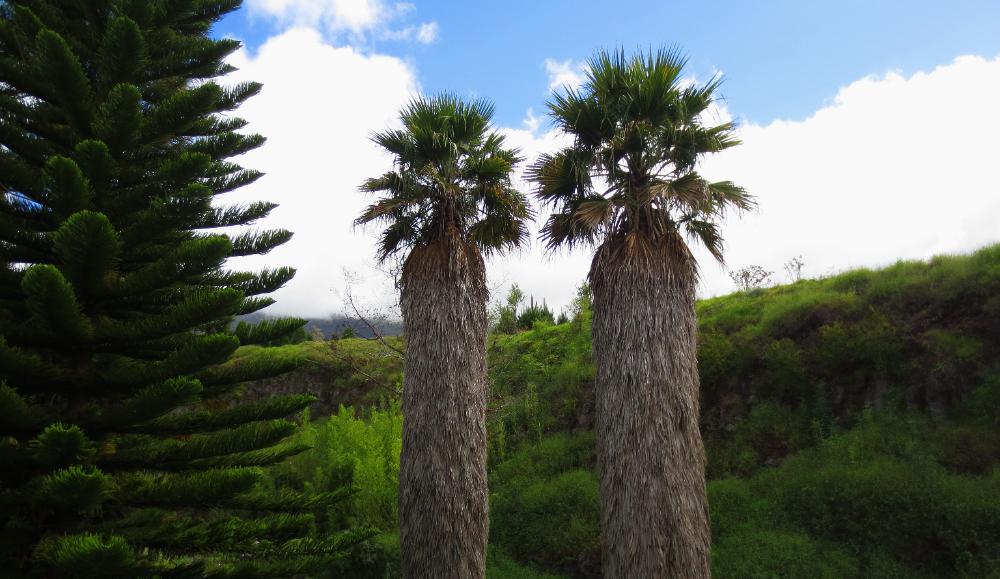
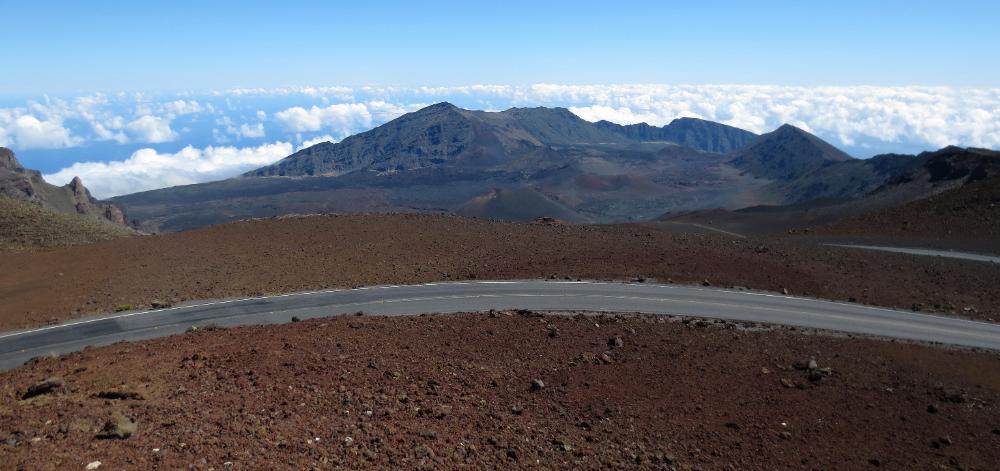
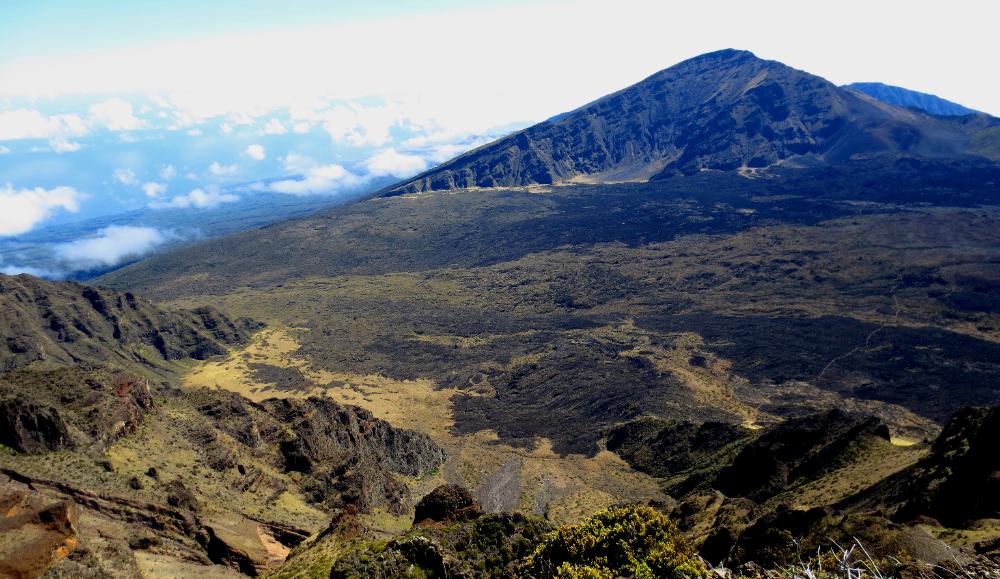
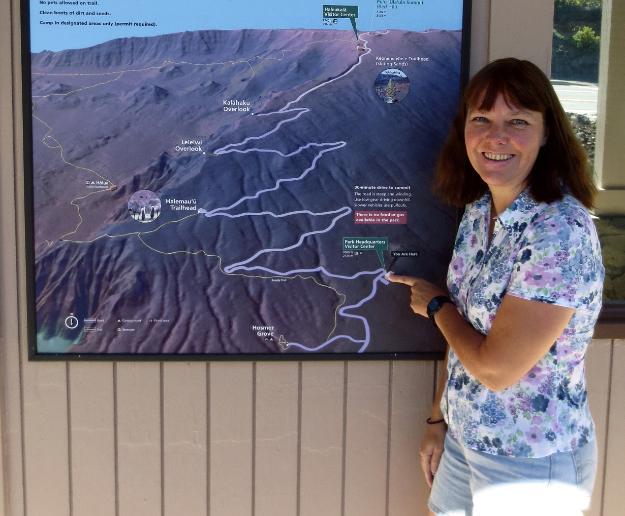
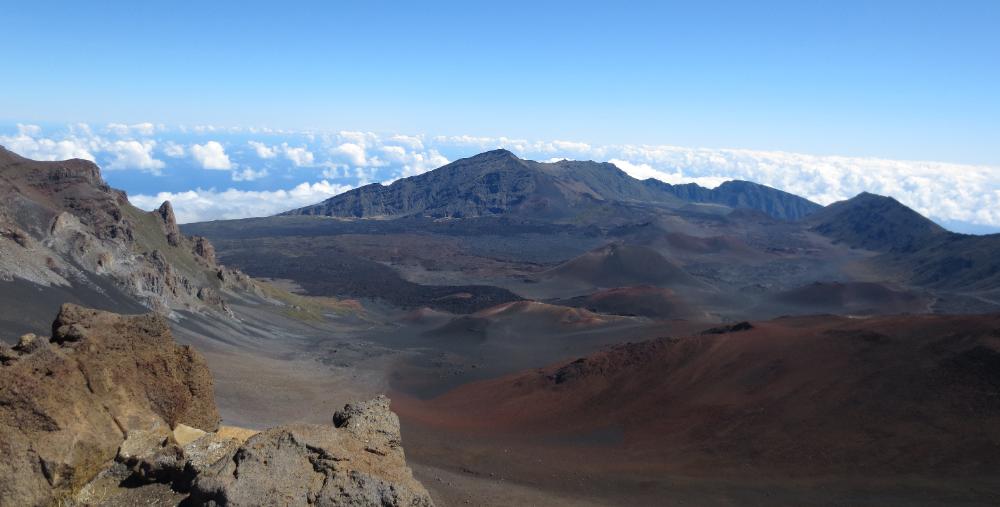
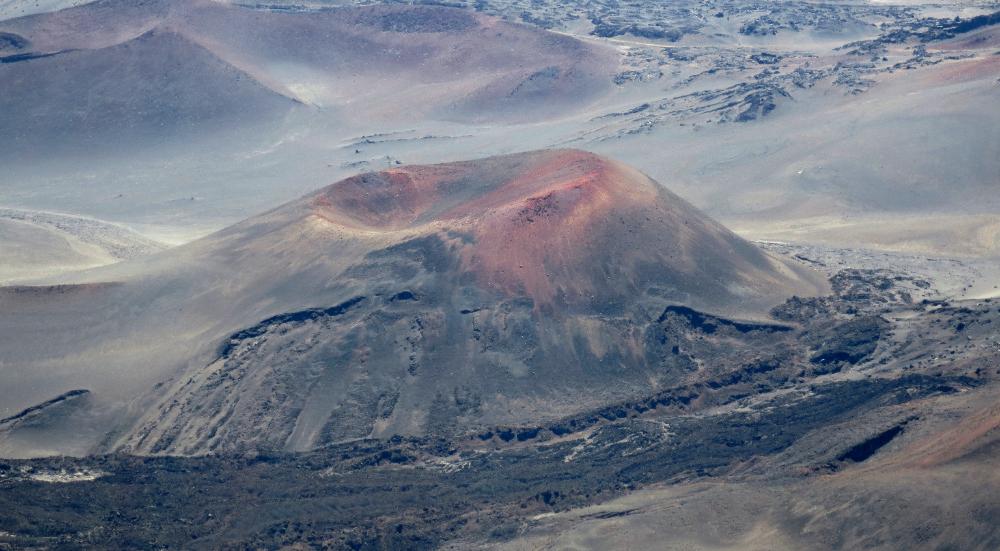
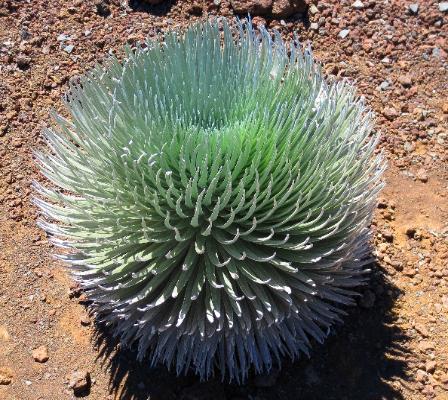
| The road to the "House of the Sun" twists and turns on its way to the summit |
| Maui, Hawaii -- Haleakala National Park |
| Cinder cones are clearly visible within the depression. Each is the result of a separate eruption at some time in the past 4,000 years. |
Frankly, not everyone will be impressed by the
summit of Haleakala Volcano. My dad thought it
looked “like a big hole in the ground” and after
about ten seconds of looking he was done! We
liked it, though: the landscape is dramatically
different from anything else you'll see. You're
standing on the very summit of the island of
Maui looking down -- and you're staring right
into the heart of the world's largest dormant
volcano. Dormant being a relative term here.
The volcano has erupted at least six times in
the last 1,000 years, most recently in 1790, so
it's certainly possible that it could awaken and
erupt again in our lifetimes.
Haleakala means “House of the Sun.” The sun
appears to rise right out of the crater each
morning. We missed that by several hours but
enjoyed our visit nevertheless. The drive to
the top takes about two hours from Lahaina.
The road turns squiggly once you reach the
volcano and climb. Pulloffs along the way let
you look down on the narrow Isthmus of Maui.
Leleiwi Overlook gives you your first glimpse of
the crater, but the best views are from the top.
By the end you're standing at 10,023 ft (3055 m),
having started at sea level just two hours
before. The visitor center is right at the summit.
summit of Haleakala Volcano. My dad thought it
looked “like a big hole in the ground” and after
about ten seconds of looking he was done! We
liked it, though: the landscape is dramatically
different from anything else you'll see. You're
standing on the very summit of the island of
Maui looking down -- and you're staring right
into the heart of the world's largest dormant
volcano. Dormant being a relative term here.
The volcano has erupted at least six times in
the last 1,000 years, most recently in 1790, so
it's certainly possible that it could awaken and
erupt again in our lifetimes.
Haleakala means “House of the Sun.” The sun
appears to rise right out of the crater each
morning. We missed that by several hours but
enjoyed our visit nevertheless. The drive to
the top takes about two hours from Lahaina.
The road turns squiggly once you reach the
volcano and climb. Pulloffs along the way let
you look down on the narrow Isthmus of Maui.
Leleiwi Overlook gives you your first glimpse of
the crater, but the best views are from the top.
By the end you're standing at 10,023 ft (3055 m),
having started at sea level just two hours
before. The visitor center is right at the summit.
| The landscape here is starkly beautiful (at least to some eyes) |
| This is the view from the Visitor Center. You're looking right into the heart of an enormous volcano that shaped the very island you're standing upon. |
| Haleakala used to be about 3,000 feet taller until it went dormant and eroded over the millennia. The original crater is now gone. What you see today was formed by erosion and later eruptions that filled the depression with lava. The lava poured over the sides through the gap you see above. |
| Leleiwi Overlook offers your first view into the crater. You round a bend and suddenly come face to face with this startlingly different landscape. |
| This diagram at the visitor center shows how you're standing on the very summit of Maui when you reach the top of Haleakala. The isthmus of Maui (the narrow strip of land connecting the two parts of Maui) is visible from the summit when you look down. |
| This is the incredibly rare silversword which grows in only one place in the entire world: right here on the slopes of Haleakala |
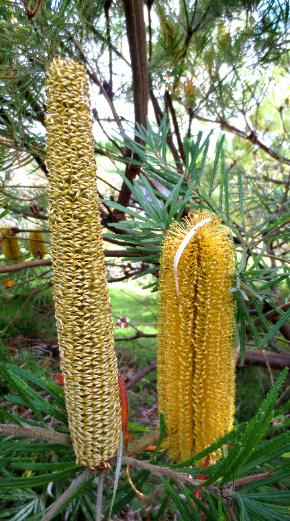
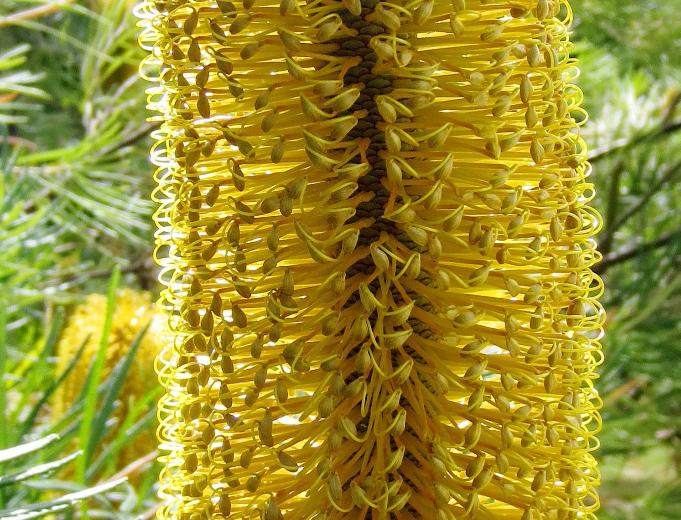
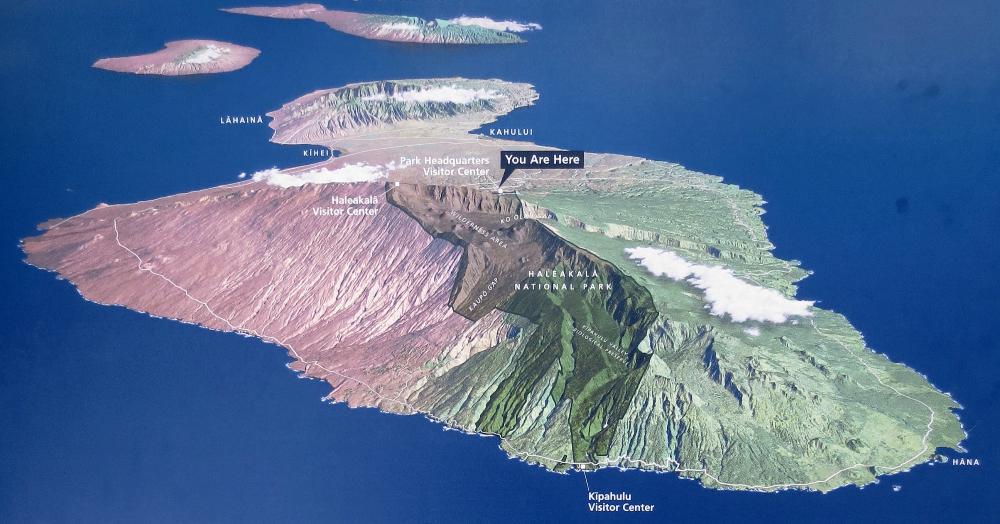
| Kula Botanical Garden |
We recommend you visit at least one botanical
garden during your time in Hawaii because
you'll see all manner of flowering plants you've
never seen before, from the wondrous to the
bizarre. Kula Botanical Garden is a good choice
because of the wide array of colorful plants it
has on offer, all in a small space of about eight
acres. It also makes for a convenient stop on
the way back from Haleakala. The garden was a
big hit with all of us. We enjoyed seeing the
chameleon, the koi pond, the enormous array
of gorgeous tropical plants, the lovebirds in
the aviary, the stunning birds of paradise in full
bloom, the pair of endangered nene (Hawaiian
geese), the babbling brooks, and the totem
statues. Kula Garden is well organized: you can
always turn left to make a full circuit of the
gardens. The cost is $10 per person and well
worth it. As the hostess said, “For ten dollars
you get to experience a little slice of heaven.”
These photos require no captions; simply enjoy
this quick "walk" through the gardens.
garden during your time in Hawaii because
you'll see all manner of flowering plants you've
never seen before, from the wondrous to the
bizarre. Kula Botanical Garden is a good choice
because of the wide array of colorful plants it
has on offer, all in a small space of about eight
acres. It also makes for a convenient stop on
the way back from Haleakala. The garden was a
big hit with all of us. We enjoyed seeing the
chameleon, the koi pond, the enormous array
of gorgeous tropical plants, the lovebirds in
the aviary, the stunning birds of paradise in full
bloom, the pair of endangered nene (Hawaiian
geese), the babbling brooks, and the totem
statues. Kula Garden is well organized: you can
always turn left to make a full circuit of the
gardens. The cost is $10 per person and well
worth it. As the hostess said, “For ten dollars
you get to experience a little slice of heaven.”
These photos require no captions; simply enjoy
this quick "walk" through the gardens.
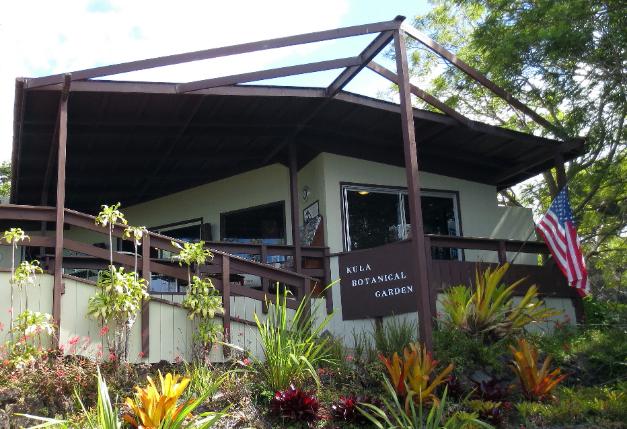
| Haleakala's summit is one of the most sought-after locations in the world for ground-based telescopes because of its clear skies, absence of city lights, and high elevation (less atmospheric distortion) |
